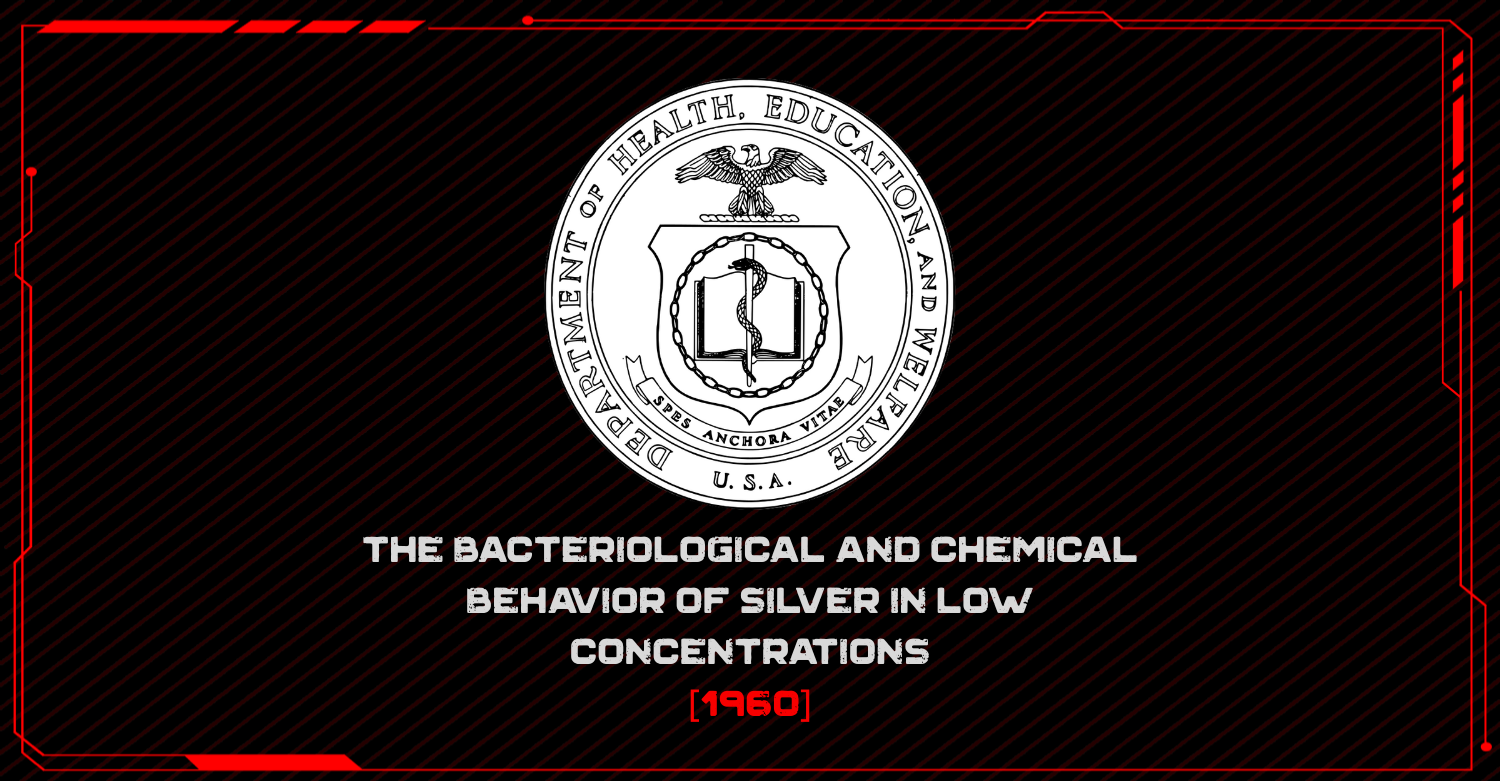
Summary:
This study, conducted at the Robert A. Taft Sanitary Engineering Center, examined how silver behaves in water at very low concentrations and its effectiveness as a germicide. Researchers compared silver from different sources—such as silver nitrate, colloidal suspensions, and silver-yielding filters—and found that the germicidal action depended primarily on silver ions (Ag⁺) rather than the physical form of silver. The investigation highlighted that while replicate experiments within a single trial were consistent, day-to-day results showed variability, making silver less predictable than other germicides.
Environmental conditions were shown to significantly influence silver’s bactericidal effectiveness. Factors like pH, phosphate buffers, adsorption onto glass, and light exposure altered outcomes. Higher pH increased kill rates, while phosphate reduced efficiency, likely by complexing with silver ions. Adsorption onto glassware removed measurable amounts of silver, sometimes leading to residual bactericidal effects when contaminated containers were reused. Neutralization tests identified a mixture of sodium thiosulfate and sodium thioglycollate as the most effective neutralizer to halt silver’s action.
The report concluded that silver’s behavior in germicidal use is complex, shaped by chemical interactions with surfaces, ions, and buffers. Radioactive silver isotope Ag¹¹⁰m was used to trace adsorption and desorption, confirming silver’s tendency to bind to laboratory surfaces. The most effective method of removing residual silver was boiling in sodium chloride solution, ensuring safe reuse of glassware. Ultimately, the study established key guidelines for using silver in water disinfection, emphasizing that its germicidal power depends on maintaining active ion concentration and controlling environmental variables.

